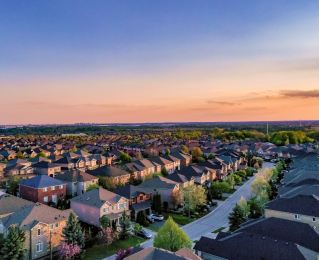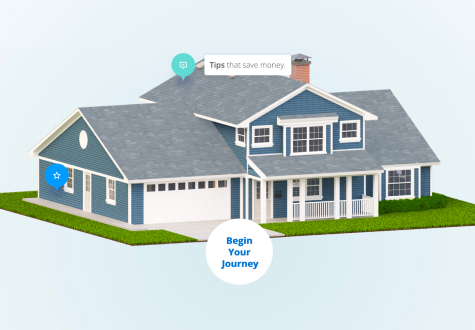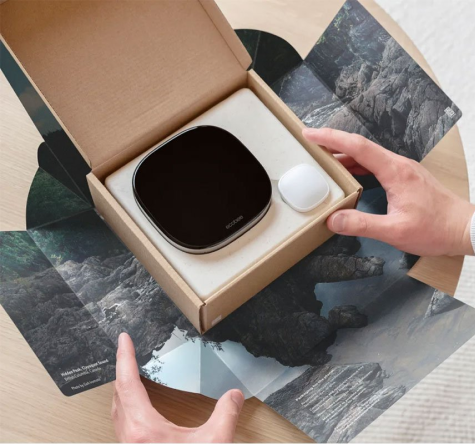Flex Your Savings Power
Flex Your Savings Power
Dynamic Peak Pricing is right for you if you have flexibility with some of your electricity use. You can save on your electricity bill by taking advantage of lower rate periods, like doing your laundry on weekends and setting a schedule on your smart thermostat for savings and comfort.
Benefits of Dynamic Peak Pricing:
- Empowers you to select a dynamic electricity rate
- Significantly discounts the cost of electricity from 11 p.m. to 7 a.m. weekdays and all weekend long
- Eases strain on the grid, improving reliability and benefitting our environment
Switching to this rate is easy. Learn more about eligibility for Dynamic Peak Pricing and select this rate.
Dynamic Peak Pricing gives you opportunities to save on your electricity bill by taking advantage of lower rate periods. Your flexibility and planning, like doing your laundry on weekends and setting a schedule on your smart thermostat for savings and comfort, helps you manage electricity costs.
Benefits of Dynamic Peak Pricing:
- Significantly discounts the cost of electricity from 11 p.m. to 7 a.m. weekdays and all weekend long
- Eases strain on the grid, improving reliability and benefitting our environment














